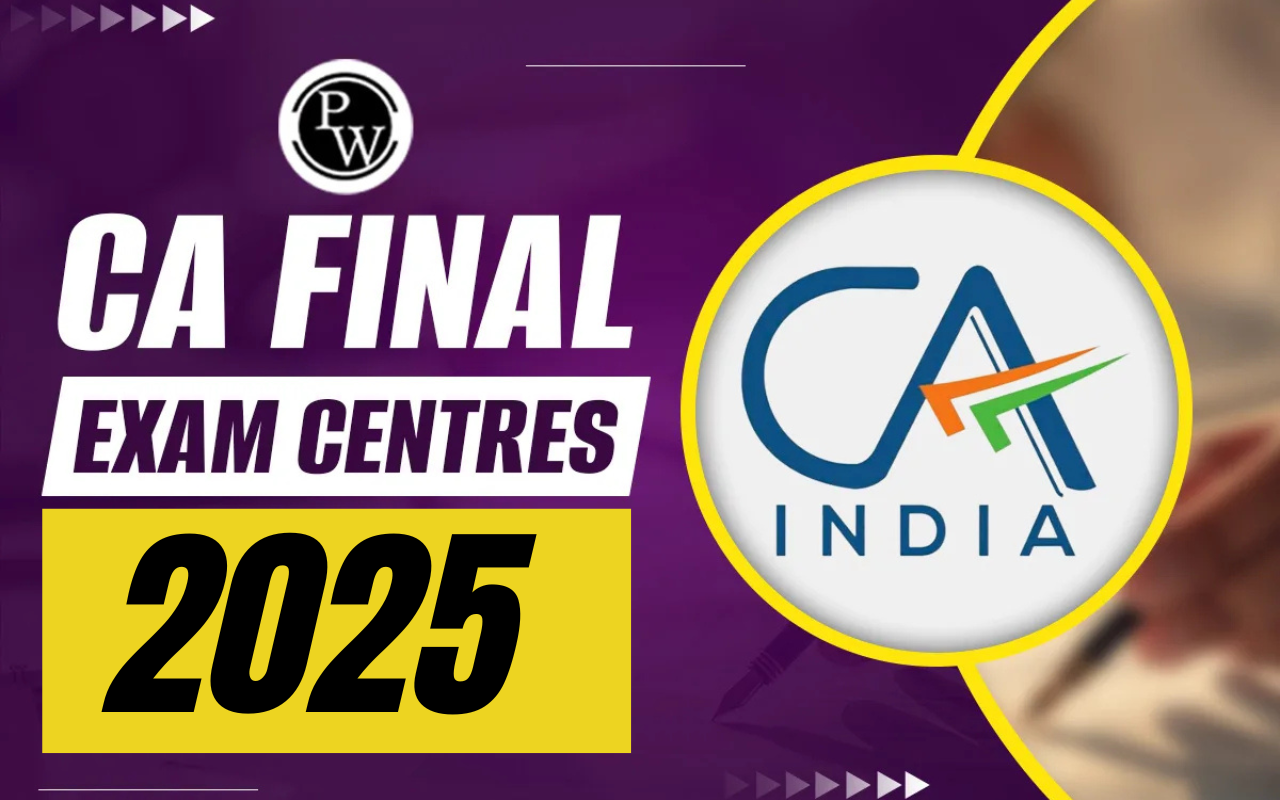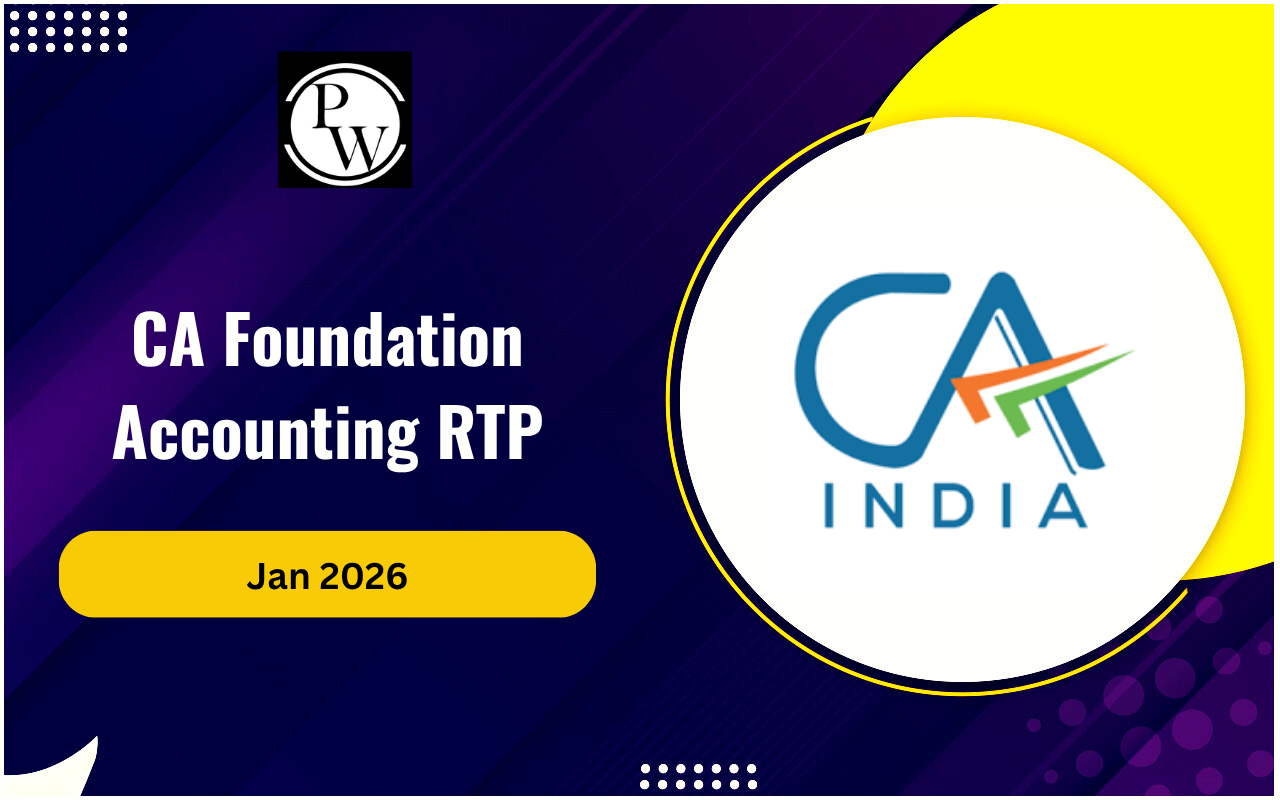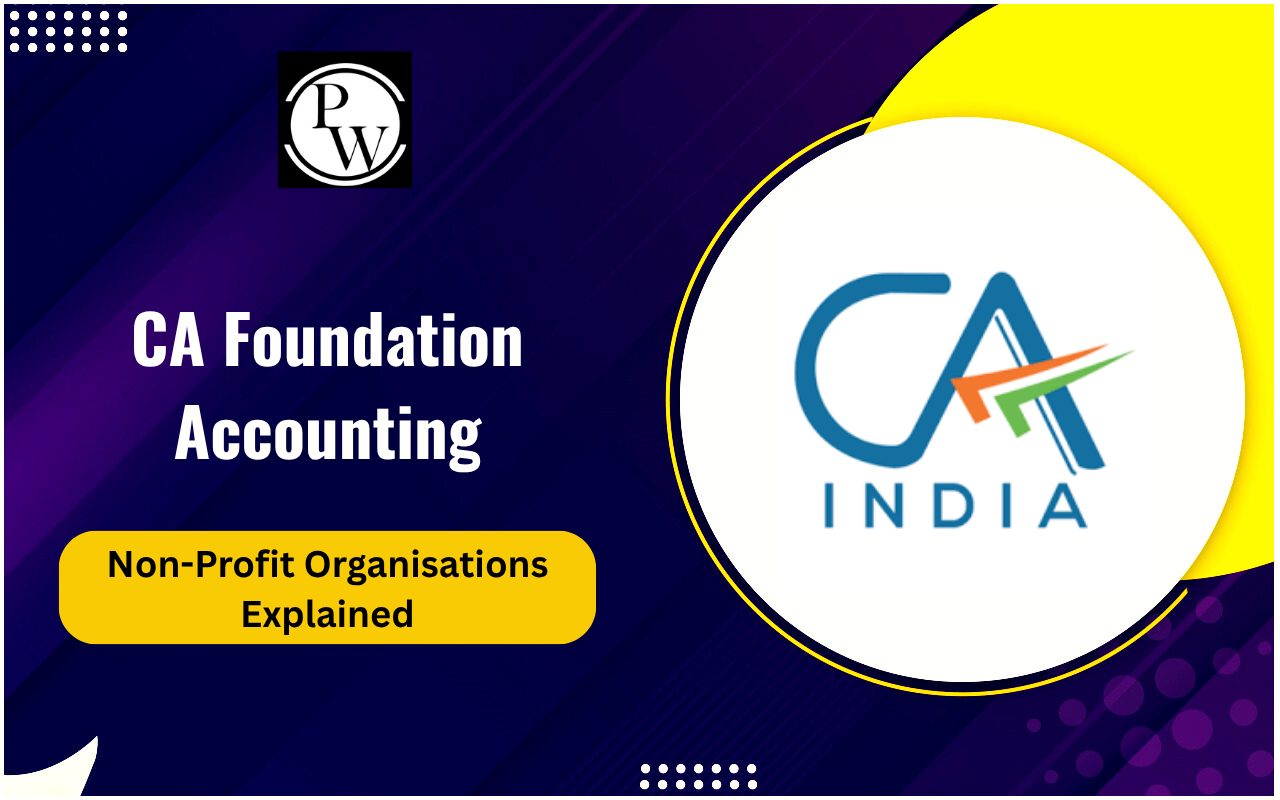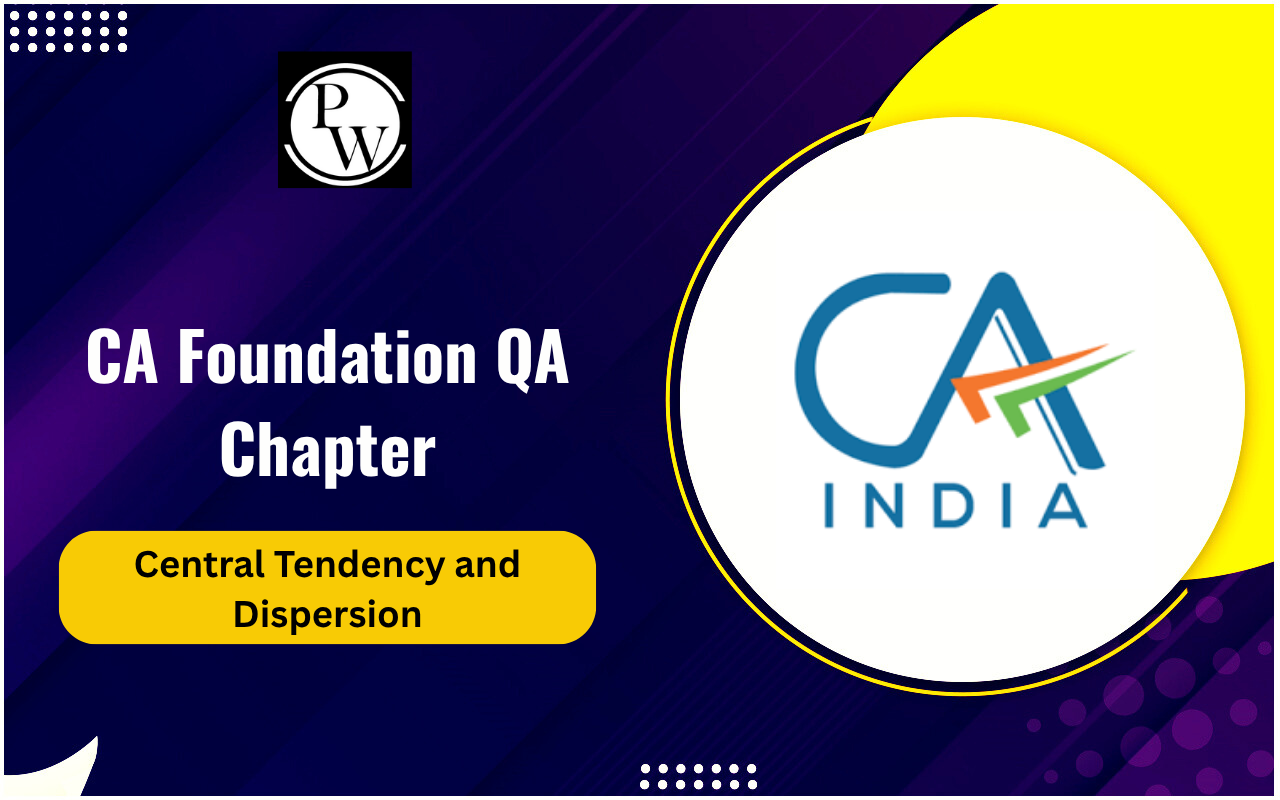
Income tax is an inevitable part of every individual's and business's financial journey. As a CA student, understanding income tax liability is essential for CA Exams and your future career in taxation and finance. The term Income Tax Liability refers to the amount an individual or entity owes to the government based on their income. This liability varies depending on factors like income levels, exemptions, deductions, and applicable tax rates.
Here, we will break down Income Tax Liability, its calculation, legal provisions, compliance requirements, and planning strategies to ensure tax efficiency.
What is Income Tax Liability?
Income Tax Liability refers to the tax obligation an individual or entity has to fulfill based on their taxable income. This liability is determined by applying the prescribed tax rates to the taxable income after considering exemptions and deductions. It is crucial to understand the tax slabs, allowances, and the role of tax planning to manage this liability effectively.
Factors Influencing Income Tax Liability
Several factors determine an individual’s Income Tax Liability, including:
- Source of Income: Salary, business, capital gains, rent, and other sources contribute to taxable income.
- Deductions and Exemptions: Investments in provident funds, insurance, and tax-saving instruments reduce tax liability.
- Applicable Tax Rates: The income tax slab system determines how much tax is payable based on total income.
- Residential Status: The tax liability of residents differs from that of non-residents.
Also Check: Accounting for Branches
How to Calculate Income Tax Liability?
The calculation of Income Tax Liability involves a systematic approach:
Step 1: Compute Gross Total Income
Gross Total Income (GTI) includes earnings from all sources such as salary, house property, business, capital gains, and other income.
Step 2: Apply Deductions and Exemptions
Certain deductions under Sections 80C to 80U reduce taxable income. Common deductions include:
- Section 80C: Investments in PPF, ELSS, and life insurance.
- Section 80D: Health insurance premiums.
- Section 24(b): Interest on home loan for self-occupied property.
Step 3: Determine Taxable Income
After applying deductions, the remaining amount is the taxable income.
Step 4: Apply Tax Slabs
Tax is calculated based on the applicable slab rates. The rates may vary between old and new tax regimes.
Step 5: Subtract TDS and Advance Tax Paid
Tax deducted at source (TDS) and any advance tax payments reduce the final tax payable.
Legal Provisions Governing Income Tax Liability
Tax laws and regulations are established to ensure proper compliance with tax payments. Every taxpayer must adhere to these laws to avoid legal consequences and financial penalties. Understanding the legal framework helps individuals and businesses navigate tax obligations efficiently.
Income Tax Act, 1961
The primary legislation governing Income Tax Liability in India is the Income Tax Act, 1961. It lays down provisions related to income tax computation, exemptions, penalties, and compliance requirements.
Penalties for Non-Compliance
Failing to pay Income Tax Liability on time can result in penalties, interest, and even prosecution in severe cases. Some common penalties include:
-
Late filing of returns: Attracts penalties under Section 234F.
-
Underreporting of income: Results in penalties under Section 270A.
-
Failure to pay advance tax: Leads to interest under Section 234B and 234C.
Filing of Income Tax Returns and Compliance Requirements
Filing income tax returns is a crucial aspect of tax compliance, ensuring that individuals and businesses meet their tax obligations within the stipulated deadlines. Proper documentation and accuracy in reporting income and deductions help avoid penalties and scrutiny from tax authorities. It is essential to understand the process, requirements, and significance of filing returns accurately.
Importance of Timely Filing
Filing income tax returns (ITR) is not just a legal requirement but also a financial necessity. Timely filing helps in avoiding penalties and ensures eligibility for loans and financial benefits.
Different ITR Forms and Their Applicability
The type of ITR form varies based on the taxpayer’s income source and category:
- ITR-1 (Sahaj): For salaried individuals with income up to Rs. 50 lakh.
- ITR-2: For individuals and HUFs with multiple income sources.
- ITR-3: For professionals and business owners.
- ITR-4 (Sugam): For individuals opting for the presumptive taxation scheme.
Online Filing Process
With digitization, filing ITR has become easier through the Income Tax Department’s online portal. Steps include:
- Registering on the e-filing portal.
- Selecting the appropriate ITR form.
- Entering income and deduction details.
- Verifying the return using Aadhaar OTP or net banking.
Understanding Income Tax Liability is essential for CA students, not only for academic success but also for future professional practice. By mastering tax calculation, compliance, and planning strategies, you can help businesses and individuals manage their taxes effectively.
To prepare for the CA exam, enroll in PW CA Courses today! Our structured study material and guidance will help you become a successful Chartered Accountant.
| Also Check: | |
| Market Structures | Statistical Representation of Data |
| Correlation and Regression | Probability |
| Market Failure | Statistics |
Income Tax Liability FAQs
What is Income Tax Liability?
How is Income Tax Liability calculated?
What happens if I fail to pay my Income Tax Liability?
How can I reduce my Income Tax Liability legally?










